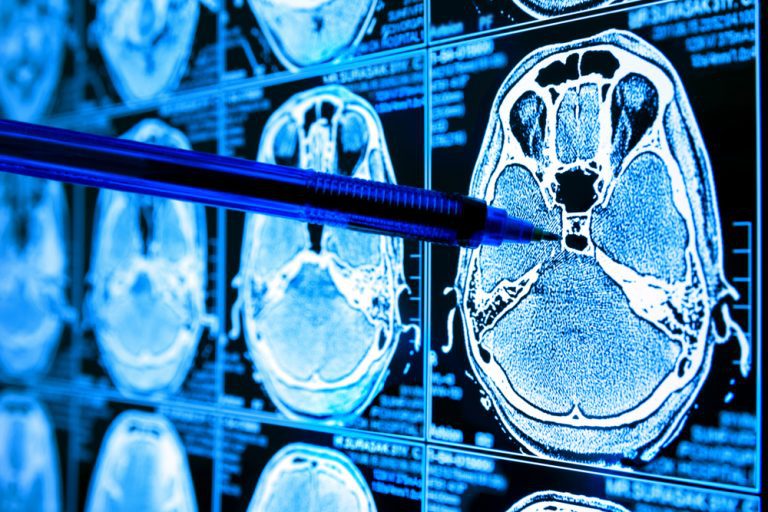Healthcare Industry Could Be Generative AI’s Biggest Proving Ground
BY PYMNTS | APRIL 10, 2023
|
Nowhere are innovative breakthroughs more impactful and life-changing than in healthcare and medicine.
At the same time as certain technology leaders are calling for a pause on the development of artificial intelligence (AI), other industry observers believe that integrating AI into healthcare could deliver previously unimaginable treatments and care delivery outcomes.
That’s because healthcare organizations are sitting on a treasure trove of information in the form of health records and images, population data, historical claims data, clinical trial data, and more. The deep learning capabilities of modern AI have reached the technical tipping point where today’s algorithms can offer healthcare organizations the attractive proposition of helping them make better business decisions, shape better clinical outcomes, and more broadly speaking, improve patient care and delivery experience.
Faster, AI-assisted diagnoses have the potential to lead to faster treatment, in turn producing better and more repeatable outcomes.
Still, any successful, scalable integration won’t be easy.
Technology that touches upon the periphery of decision-making about patient care, particularly one as unproven as AI, must be treated with extreme caution.
Read more: Technology and Behavioral Changes Needed to Cut Paper Out of Healthcare
Lessening the Physician Documentation Burden
Even IBM, which once boasted that its heralded Watson AI system could one day be capable of finding a cure for cancer, has since abandoned its healthcare data and analytics ambitions entirely — selling the central portion of its Watson Health business to investment firm Francisco Partners in January of 2022.
No published research was ever able to conclusively show that Watson ever improved patient outcomes.
Despite the ongoing digitization of healthcare, from better access to patient data through electronic health records (EHR) to improved penetration of care delivery through modern solutions like telemedicine, doctors are still drowning in paperwork.
By using AI and machine learning technologies, organizations can connect historically disparate and fragmented data to get a more unified picture of their patients, streamlining physician workflows by removing the need, and the time it takes, to cross-reference information pulled from mix of physical and digital documents.
As PYMNTS has previously covered, businesses across sectors are activating AI to create efficiencies and make operations more seamless — taking particular aim at legacy processes that are historically manual, including updating entrenched payments and billing systems.
Data is Different in Healthcare
The ongoing and increasingly rapid digitization of both health records and general medical text has created vast digital libraries of robust patient information ready to be pulled through future-fit algorithms.
These next-generation computational tools promise to harness medical information across both patient history and academic research to improve disease treatment models, help develop new products and services, drive greater impact around care delivery, accelerate biomedical research, improve screening accuracy, and provide many more benefits all designed to support healthcare decisioning and diagnosing across critical and chronic care delivery pathways.
There are a lot of impacts to be excited about as healthcare, medical device, and pharmaceutical companies deepen their investments in AI.
Still, recent Pew Research finds that six-in-10 U.S. adults (60%) report discomfort around their healthcare provider relying on artificial intelligence to diagnose diseases and recommend treatments. One in three U.S. adults (33%) believes it would lead to worse outcomes.
The ideal scenario, outside of operational optimization of billing and account management, appears to be one where AI works together with trained physicians and researchers to solve medical problems and enhance care delivery.
Areas like cancer screening and predictive treatment based on statistical patterns are where the use of AI can shine by supplementing labor-intensive image scanning and case triage with real-time pattern recognition and insight delivery.
AI solutions trained on bleeding edge medical data sets have the potential to assist medical imaging specialists, like cardiologists and radiologists, by helping them make more accurate diagnoses and avoid potential errors — particularly within clinical studies, which regularly produce thousands of images to review.
Still, to train an AI model to perform to the necessary standard, especially when being used within a healthcare setting, there is the need for millions of images, examples, and data points to be accurately annotated — which can both be costly as well as run up against privacy concerns.
As the healthcare industry charts its path forward amidst a tectonic shift in available technical capability, other sectors should look to its example of ensuring both patient-data-privacy protection and leveraging only the most relevant and professionally cleared data sets when tapping AI solutions to improve the quality of the product being provided.






























